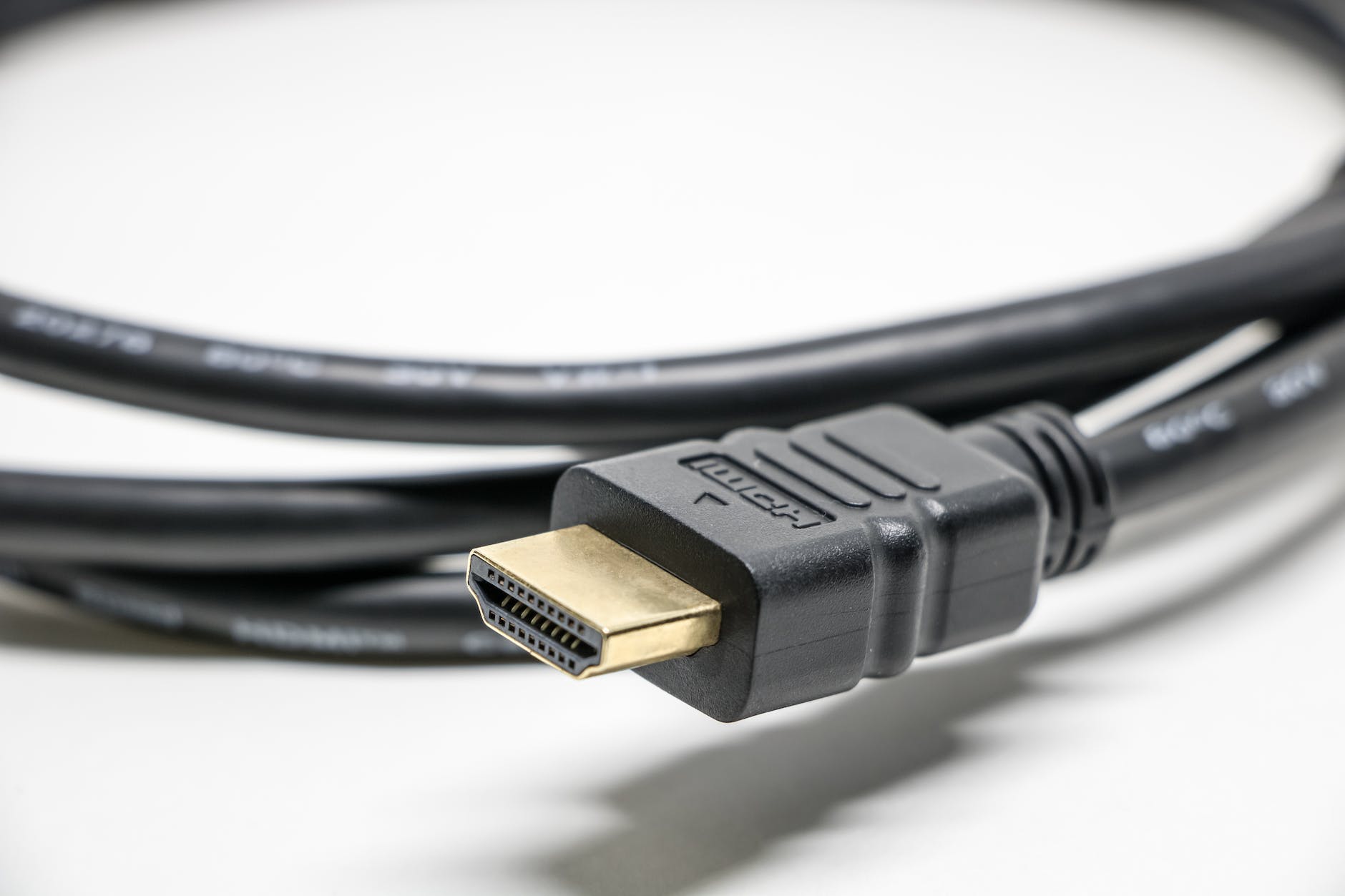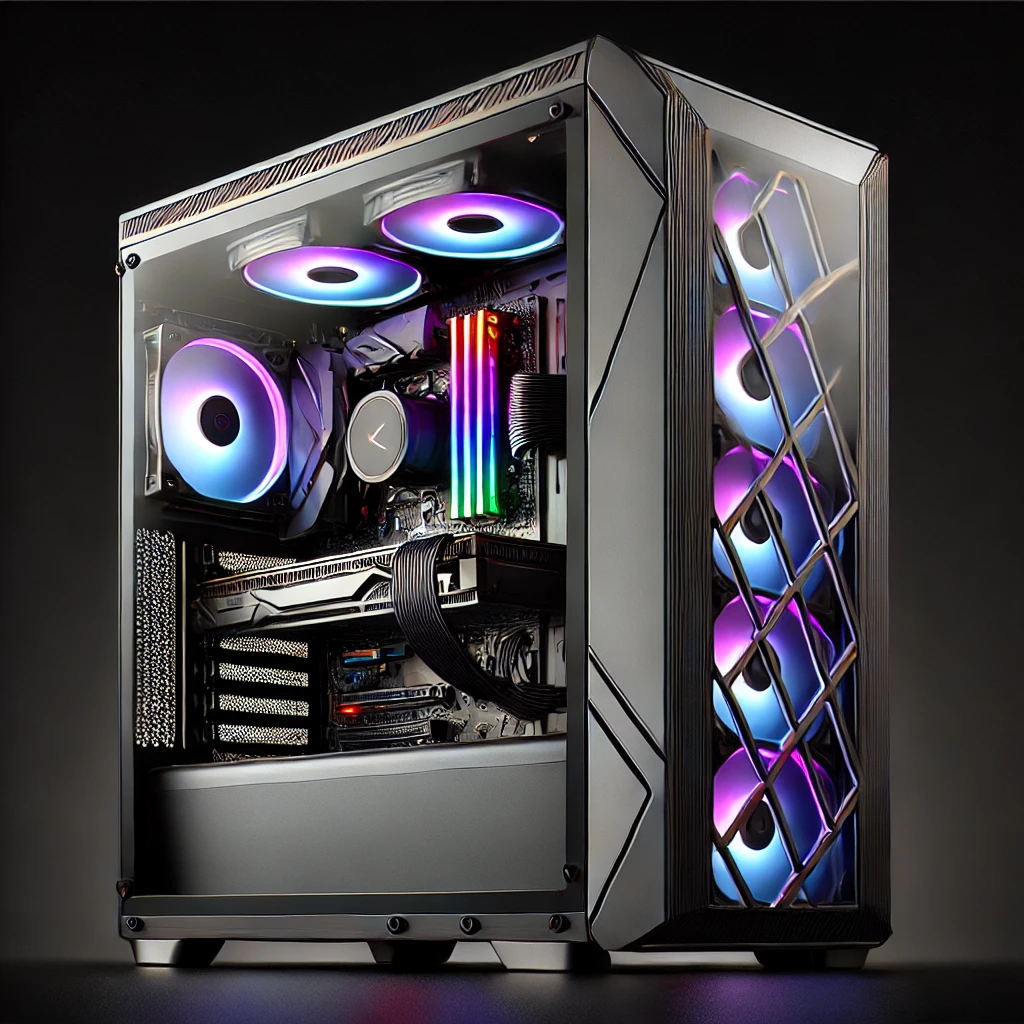Your cart is currently empty!

With Apple changing the iPhone to USB C there are a lot of complaints from people who do not understand tech. They think that Apple is only doing this to make more money, But everyone else who understands what is really going on understands that Tech is getting better and you want it that way. Nobody would use a phone if it had a SCSI Port … TRUST ME 
Have you ever wondered why your brand-new gadget doesn’t fit the charger from your old one? It’s a common frustration: just when we get used to one type of plug or port, computer companies switch things up. But is this merely a ploy to make us spend more, or is there more to the story? Let’s dive into the world of changing computer ports and plugs over the last decade and uncover the truth behind these shifts.
The Evolution of Ports and Plugs: A Decade in Review
- USB to USB-C: The move from USB to USB-C was significant. USB-C offers faster data transfer, quicker charging, and a reversible design—no more fumbling to plug it in correctly!
- HDMI to Mini/Micro HDMI: These smaller HDMI versions, while less common, support the same audio-visual quality in a more compact form, ideal for portable devices.
- Apple’s 30-pin to Lightning Connector: Apple made a big leap by introducing the Lightning connector. While this change rendered many accessories obsolete, the Lightning connector offered a more durable, reversible, and efficient connection.
- 3.5mm Headphone Jack to Bluetooth/USB-C: The phasing out of the headphone jack in favor of Bluetooth or USB-C connections was controversial but aimed to streamline and modernize device design.
- VGA to DisplayPort/HDMI: VGA, once the standard for video output, has given way to HDMI and DisplayPort, offering higher resolution, better quality, and the ability to transmit audio and video over a single cable.
Why New Ports Can Be a Good Thing
- Enhanced Performance: New ports often mean faster data transfer, improved power delivery, and overall better performance.
- Universal Compatibility: Many modern ports, like USB-C, aim for universal compatibility, reducing the need for multiple cables.
- Innovation and Progress: Evolving technology standards drive innovation, leading to sleeker, more efficient, and more powerful devices.
Conclusion:
While it may sometimes feel like companies change plugs and ports to push us into buying new accessories, there’s usually a bigger picture. These changes are often driven by the pursuit of technological advancement, aiming to make our devices faster, smaller, and more efficient. computer ports just need to evolve
-
 USB-A to USB-C White Cable 1m$15.00
USB-A to USB-C White Cable 1m$15.00 -
 LENOVO USB-C to Display Port Adapter$39.00
LENOVO USB-C to Display Port Adapter$39.00 -
 Simplecom USB-A Male to USB-C Female Adapter$25.00
Simplecom USB-A Male to USB-C Female Adapter$25.00 -
 USB A female to USB C male Adapter$5.00
USB A female to USB C male Adapter$5.00 -
 Astrotek 2m USB 3.1 USB-C to HDMI Adapter$45.00
Astrotek 2m USB 3.1 USB-C to HDMI Adapter$45.00 -
 Otterbox USB-C to Lightning 1m$30.00
Otterbox USB-C to Lightning 1m$30.00 -
 Astrotek CAT6 Cable 3m$9.00
Astrotek CAT6 Cable 3m$9.00 -
 Astrotek HDMI Cable 5m$30.00
Astrotek HDMI Cable 5m$30.00 -
 Astrotek CAT6 Cable 2m$7.00
Astrotek CAT6 Cable 2m$7.00
Discover more from LithGeek Custom Gaming Computers
Subscribe to get the latest posts sent to your email.
by
Tags:


